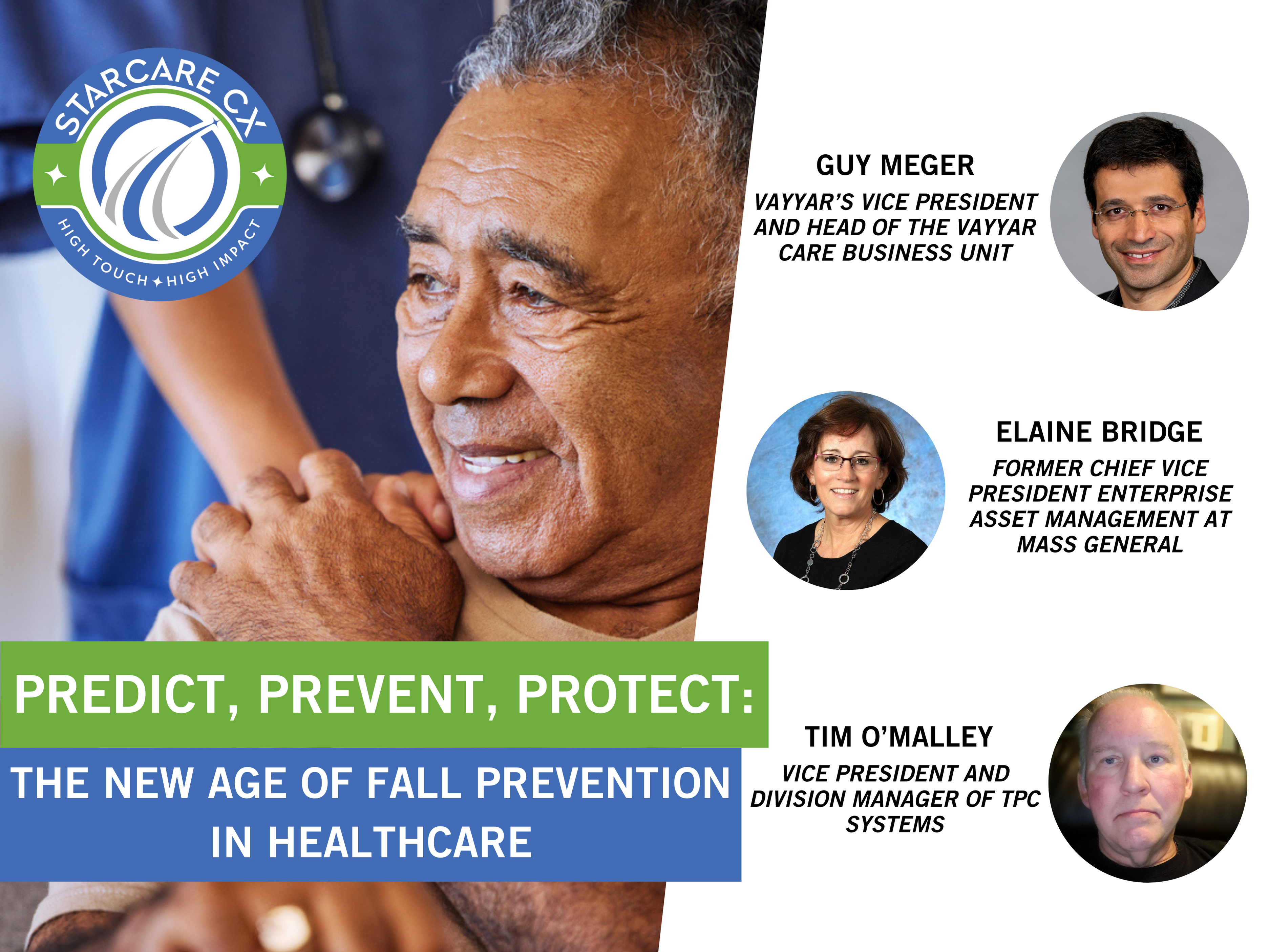
For many, the dream of aging comfortably at home is becoming a significant priority. Home-based technology is playing a critical role in making this a reality. Tim O’Malley, the Vice President and Division Manager of TPC Systems’ healthcare unit, has been at the forefront of developing health tech solutions that enhance clinical workflows and patient outcomes. He emphasizes the importance of innovation in supporting aging populations. “People of my generation, we want to be at home. We want to heal at home and we want to age at home,” said O’Malley. “But we are also at risk of a great number of falls.”
The challenge isn’t just in installing a Wi-Fi or 5G network but in determining who will respond in case of emergencies. Emerging care models like paramedicine—where fire departments or paramedics monitor individuals at risk of falls and respond when necessary—are becoming more prevalent. This type of localized, technology-driven care model is already in use in some communities, offering a glimpse into how tech can support aging populations.
Connected devices and sensors provide a wealth of data that can be leveraged to improve patient safety, especially when it comes to fall prevention. Guy Meger, the Vice President and head of the Vayyar Care business unit, leads the efforts to use continuous monitoring and predictive insights to improve patient safety. “With the right usage of the technology and the right balance between alerts and response time, you can reduce falls by half,” said Meger.

Today’s devices can monitor trends in patient behavior, flagging changes that might indicate a higher risk of falling. For example, a sudden change in movement patterns or a shift in daily routines might suggest a need for reassessment or adjustments in treatment. But data alone isn’t enough; it has to be actionable. Caregivers need dashboards and decision support systems that can quickly highlight meaningful changes without overwhelming them with unnecessary information.
The goal is to predict and prevent falls before they happen, allowing caregivers to intervene early and make necessary adjustments to a patient’s care plan. Healthcare technology companies must focus on the environments they aim to serve. Trying to implement solutions across too many sectors can dilute the effectiveness of the technology and slow down its adoption.
One of the significant challenges healthcare providers face when implementing technology is alarm fatigue. When caregivers are bombarded with constant alerts, they become desensitized, which can lead to slower response times or even missed alarms. To combat this, technology solutions must be designed to reduce unnecessary alarms while ensuring that critical alerts are acted upon promptly.

The key is to find the balance between gathering rich, contextual data and presenting it in a way that is both simple and actionable. Dashboards, for instance, allow caregivers to see at a glance where potential risks lie, without sifting through pages of data.
The future of fall prevention is bright, with advancements in technology offering new ways to keep patients safe. This shift not only enhances patient safety but also reduces the financial burden of falls on healthcare systems. Fewer falls mean fewer hospitalizations, lower treatment costs, and better overall patient outcomes.
Elaine Bridge, the former Chief Vice President Enterprise Asset Management at Mass General, believes that the technology is key to not only enhancing patient safety but also empowering families to play a more active role in care. “Given the aging population and the potentially catastrophic impacts of a fall, it is essential that we continue to work to leverage technology to educate not just staff, not just patients, but especially patient families,” said Bridge.
As technology continues to evolve, the key lies in finding solutions that integrate seamlessly into existing workflows, provide actionable data, and support the needs of both patients and caregivers. By doing so, we can create safer environments for patients and help healthcare providers deliver the best care possible.
Interested in learning more about our services? Visit our website, or tune into our episodes on our podcast page or any other podcast streaming service.
Guy Meger is Vayyar’s Vice President and head of the Vayyar Care business unit and the former Chief Technology Officer of Early Sense. With a focus on leveraging data analytics and wearable technologies, Meger has led initiatives that transform healthcare practices through continuous monitoring and predictive insights. His work aims to bridge the gap between cutting-edge technology and practical healthcare applications, enhancing both patient outcomes and operational efficiency in clinical settings.
Elaine Bridge is the former Chief Vice President Enterprise Asset Management at Mass General and also the former Chief Nursing and Operating Officer for Partners Healthcare, Newton Wellesley Hospital. She has dedicated much of her career to improving patient care, focusing on safety, quality, and operational efficiency in healthcare settings. Her passion for patient advocacy and nursing excellence has shaped her approach to leadership, driving her efforts to create better outcomes for both patients and healthcare staff.
Tim O’Malley is the Vice President and Division Manager of TPC Systems healthcare unit and the former President and Chief Growth Officer for Early Sense. With extensive experience in leading health tech organizations, O’Malley has been instrumental in developing and implementing cutting-edge solutions that improve clinical workflows, patient care, and overall hospital efficiency. He is dedicated to using technology to enhance healthcare delivery and drive more effective, patient-centered outcomes in clinical settings.
